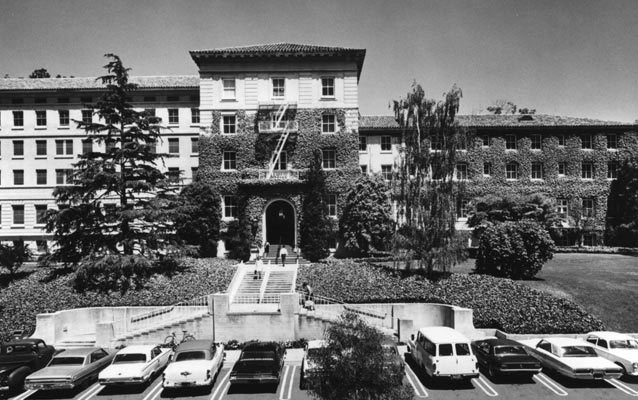Last updated: September 5, 2017
Place
Cowell Memorial Hospital

Cowell Memorial Hospital is eligible for the National Register of Historic Places, as it is "associated with events that have made a significant contribution to the broad patterns of our history" — Criterion A — and is a property of exceptional importance, achieving significance "within the past 50 years" (Criteria Consideration G). The area of significance, social history, is applicable for the period of significance 1962 through 1974. During these years the north wing of Cowell Hospital was home to the Cowell Residence Program, the first on-campus residence in the nation for severely disabled students and the birthplace of the effort to gain civil rights for the disabled, which has since expanded from a local setting in Berkeley, California, to the international arena.
From its opening in 1930, Cowell Memorial Hospital had a reputation for excellence and innovation in student health care and, when needed, care for medical emergencies in the community. In 1962, the new north wing to Cowell Memorial Hospital became the campus home of Edward V. Roberts, and soon the setting of the Cowell Residence Program for disabled students at the University of California, Berkeley, and the birthplace of the Independent Living Movement. This is the historic basis that prompted Ed Roberts, catalyst of what came to be called familiarly "the Cowell experiment," to state that "Cowell Hospital was the cradle of the movement."
